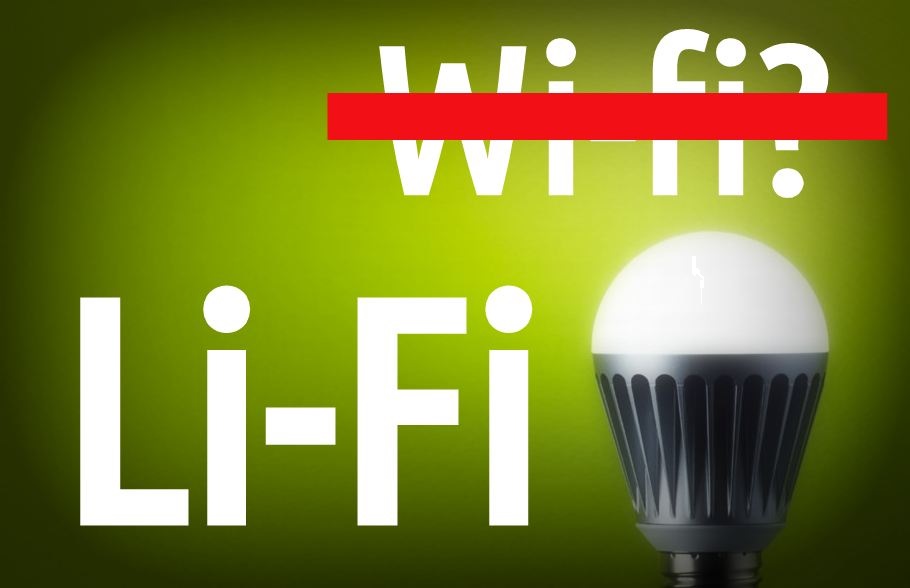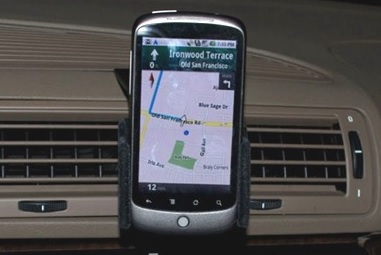Li-Fi (Light Fidelity) is a mode of wireless communication that is expected to make data transmission easier and faster than ever before. The technique conveys data in the same way as Wi-Fi, but it uses Light Emitting Diodes (LEDs) instead of radio waves. The idea dates back to the 19th century when it was referred to as Visible Light Communication (VLC). Li-Fi was introduced in 2010 by the chair of mobile communications at the University of Edinburgh, Herald Haas. The technology attracted the attention of several groups and a company to market Li-Fi was started. The new mode of data transfer is expected to expand and reach many people in the coming years because of its positive attributes.
You can also read the article “What is Machine to Machine Communication?“
Faster Rates of Data Transfer
Li-Fi has proved that it can achieve data transmission speeds about 1000 times that of some Wi-Fi transmissions. The new technology that uses visible light to transmit data over the electromagnetic spectrum has reached data transfer rates of over 10 gigabits per second. This is because light, which is also an electromagnetic wave just like radio waves, has the potential to transmit data so many times faster than the latter which has limitations regarding the bandwidth. This means that you can you can download an HD movie in just a few seconds.
Li-Fi is Energy-efficient
The Li-Fi technology demands fewer components compared to Wi-Fi and other forms of RF transmission. The illumination of the LEDs requires little energy, and the data transfer does not require additional power supply. The Li-Fi technology compresses data transfer and light emission so that they are like a single process thus minimizing the use of energy on each+. What’s more, Li-Fi can be transmitted well in water, unlike RF, which has proved difficult to propagate effectively underwater.
Improved Safety
The use of visible light in data transmission guarantees safety. Radio waves are known to interfere with other electromagnetic frequencies such as those used in communication in the cabins of aircraft. With the light technology employed in Li-Fi, there will be no such interference and online users have all the freedom to surf the net wherever they are. Furthermore, there are no health hazards associated with the use of Li-Fi.
No More Interception of Information
Li-Fi signals are “locked up” in an enclosure, and nobody will be able to intercept them. The illumination area is well guarded, and the signals cannot pass through walls. However, the data can be transmitted as reflections off the walls, although at a lower speed (up to 70mb per second). Moreover, with Li-Fi, the data can be directed from one device to another. You don’t have to enhance the security like you would do for RF transmissions such as Bluetooth that require device pairing.
Li-Fi has some limitations, the most notable being that the signals cannot penetrate walls. You need to have a series of wired bulbs if you are moving from one room to another.
Success in this amazing technology means that our light sources will be sources of Li-Fi signals in few years to come, and online communication will undoubtedly be taken to a new high.



